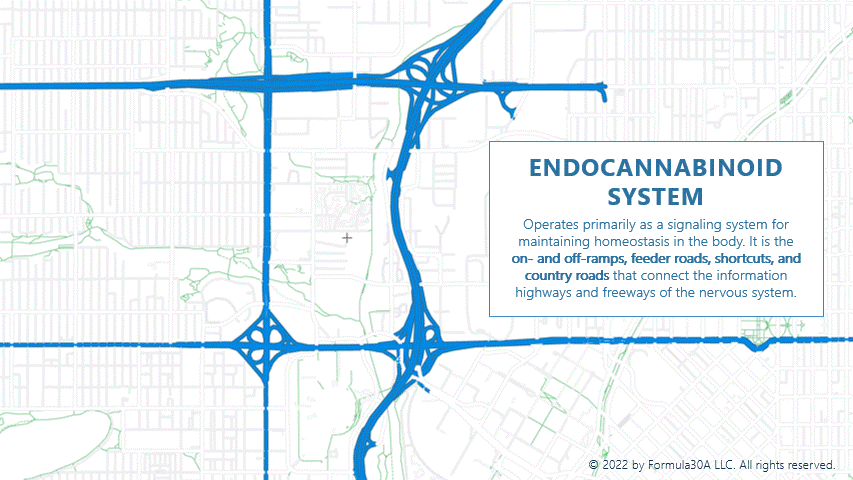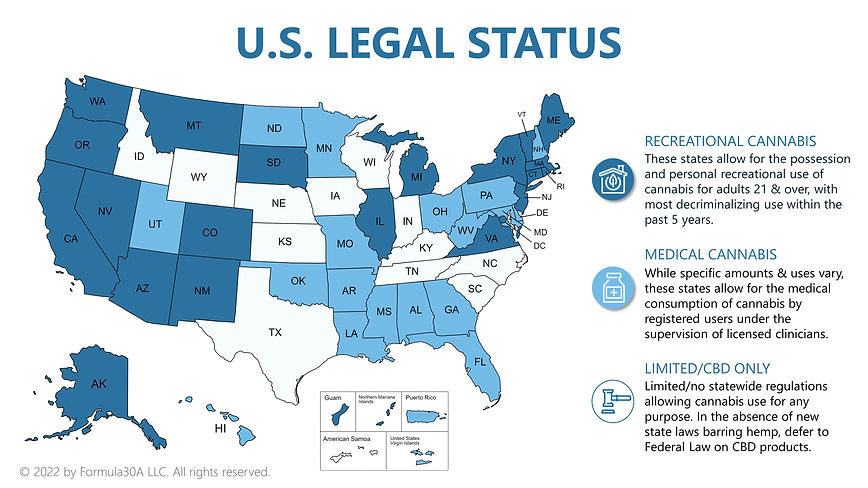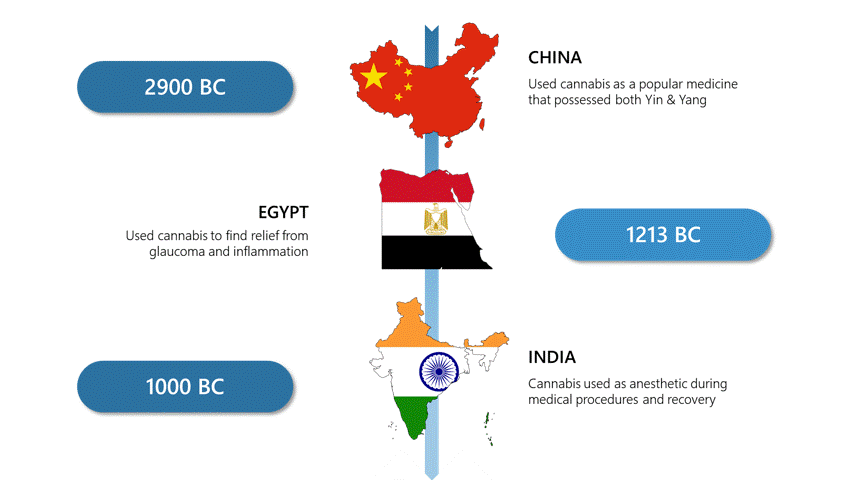.png)

Cannabinoid Resources
WHAT IS THE ENDOCANNABINOID SYSTEM?

Cannabinoid science is one of the youngest fields in biology. The discovery of the endocannabinoid system (ECS) in the early 1990s, and the subsequent realization that it encompasses the largest regulatory system thus far discovered, is incredibly significant for future therapies.
Up until that point, it was believed that the nervous system was the most extensive system in the human body. This system is responsible for, among other things, homeostasis in mammalian physiology; it "pushes systems between red to green."
Cannabinoids in general primarily interact with the endocannabinoid system, which works as a large signaling system to help to regulate biological processes involved in metabolism, inflammation, appetite, pain perception, neuroprotection, and mood.
This system is characterized by two main endocannabinoids, anandamide (AEA) and 2-arachidonoylglycerol (2-AG), which regulate the release of neurotransmitters and the subset of G-protein-coupled receptors they interact with: cannabinoid receptor type 1 (CB1), cannabinoid receptor type 2 (CB2), and the potential nonhomologous “CB3 receptor” GPR55. Furthermore, CB1 and CB2 receptors may also form heteromers called CB1-CB2 heteroreceptors that interact differently than either receptor on its own.
One way to conceptualize the Endocannabinoid System is: if the nervous system is the chemical highway system of the body (such as freeways and toll roads), then the ECS comprises the side streets, dirt roads, and tributary roads that lead into the larger highway system. The ECS talks to every cell in the body, feeding the larger central and peripheral nervous systems.

Additional Industry Organizations

Research & Studies
We started Formula30A after we noticed that the general cannabinoid market was rampant with misinformation, doubt, and products containing significantly less CBD than advertised (in some cases, none at all). Our core belief is that education on the endocannabinoid system is vital to achieving beneficial health outcomes with the clinical application of cannabinoids. Check out our research and the studies we are conducting:

F30A Community
Central to everything we do is our motivation to increase access to healthy outcomes for those that most in need. To support this goal, we established the F30A Community with the purpose of lifting up and supporting various organizations in our industry that advocate for those who can benefit most from the research and application of cannabinoid-based remedies.
The National Academy of Science determined in 1998 that CBD and other cannabinoids are potent antioxidants. Five years later, Julius Axelrod, (Professor emeritus, NIH, pharmacologist, and neuroscientist), Maurizio Grimaldi (Professor of neurology/neuropsychopharmacology and toxicology, NIMH), and Aidan Hampson (Neuropharmacologist, NIMH) filed Patent 6,630,507 B1 on behalf of the US public confirming the use of cannabinoids as antioxidants and neuroprotectants from damage like Alzheimer’s & stroke.
On December 20, 2018, the Agriculture Improvement Act of 2018 was signed into law. This bill, consisting of 1,006 pages encompassing a wide array of agricultural activity, included an amendment to the Controlled Substances Act of 1970 concerning marijuana. Specifically, it created a new definition of “hemp” as being any Cannabis sativa plant containing less than 0.3% THC on a dry weight basis. This bill does not legalize cannabis in full, but does allow for the legal ability to grow, produce, distribute, and use hemp and hemp products with low THC.


Since California’s decriminalization of cannabis at the state level, there are now over 20 states in the US that allow for the possession and personal recreational use of cannabis for adults 21 or over, and more than 40 that allow for medical consumption of cannabis by registered users under the supervision of licensed clinicians.
From 1978-1991, the National Institute on Drug Abuse, through the Compassionate Use Program under the supervision of the FDA, gave approved patients tentative access to medical marijuana. In 1996, the State of California became the first US state to completely decriminalize cannabis at the state level, opening the door to future legislation.
Cannabis sativa use can be traced all the way back to Central Asia 2900 BC, where it commonly provided fibers for ropes and nets, food, and seeds for oil, and was used for herbal medicine.
By 1213 BC, there is evidence that Egyptians used cannabis to find relief from glaucoma and inflammation, while in India it was used as an anesthetic during medical procedures and recovery from around 1000 BC. Additionally, by 200 BC, it has been shown that the Greeks used cannabis to combat pain and inflammation.
HISTORY OF CANNABINOIDS

Notably, it was grown in the Americas starting from 1762 AD in Virginia, when hemp 1762 AD in Virginia, when hemp cultivation was required by state law as it was used to clean the soil in the rotation of crops. From the period of 1850 to 1942, cannabis was included in the US Pharmacopeia as treatment for neuralgia, alcoholism, addiction, convulsive disorder, and more.
Specifically in the United States, there was a series of obstacles that restricted the use of cannabis throughout the 20th century. The first was the Marijuana Tax Act of 1937; the removal of cannabis from the American pharmacopeia a few years later; and the 1961 United Nations Single Convention on Narcotic Drugs that placed cannabis under the strictest control regime (Schedule IV) along with heroin.
The end of cannabis happened in 1970 when cannabis was declared a Schedule I drug and research on cannabis was made practically impossible in the United States. These actions were taken with a primary focus on the psychoactive effects of cannabis now known to be associated with Δ9-THC.
In 1964, an Israeli organic chemist and professor of Medicinal Chemistry named Raphael Mechoulam had isolated two significant compounds from the over 100 cannabinoids naturally occurring in cannabis. Cannabidiol (CBD) was not psychoactive, so the compound was eclipsed by the psychoactive compound, THC.
Mechoulam later discovered a novel receptor system in mammals in the early 1990s, called the Endocannabinoid System (ECS), and identified two unique receptor sites, CB1 and later CB2. He also found that the ECS is comprised of a few known endocannabinoids (Arachidonoylethanolamide or AEA; 2-arachidonoylglycerol or 2-AG; potentially others). Additional research since then has identified this system as a complex and widespread signaling network that aids in bringing all other physiological systems to homeostasis.





